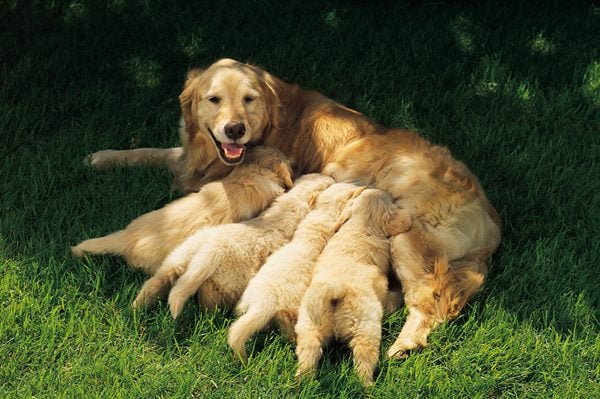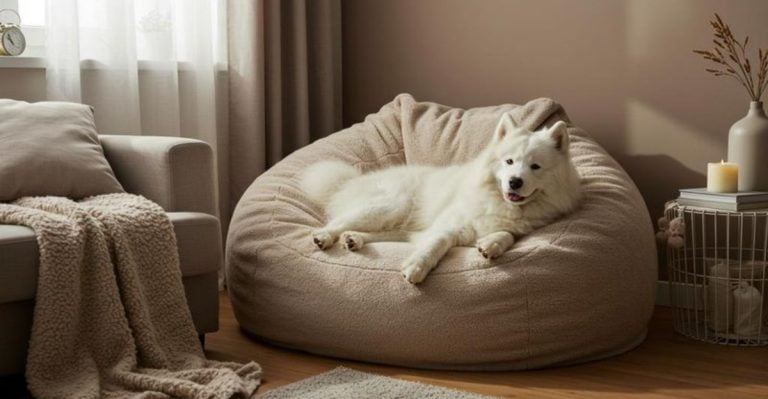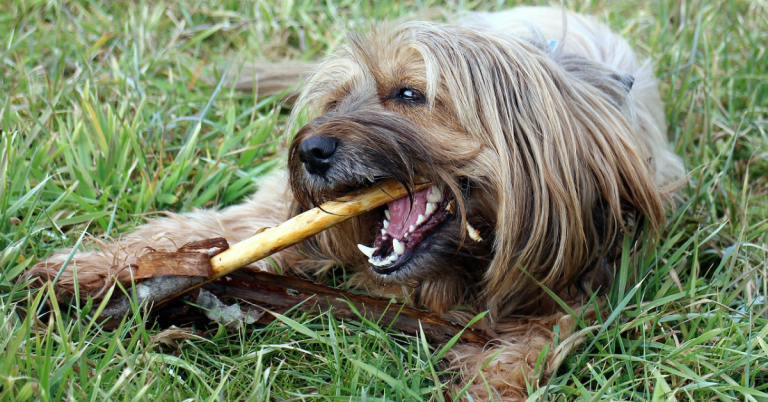15 Rookie Puppy Mistakes That Could Derail Your Dog’s Behavior

The first time your puppy ignores you, it’s cute. The tenth? Not so much. Behavioral issues rarely pop up overnight. They build slowly through unintentional choices and overlooked patterns. Knowing what to avoid early on can make all the difference. Here’s what trips up most new dog owners.
Bringing Puppy Home Too Soon
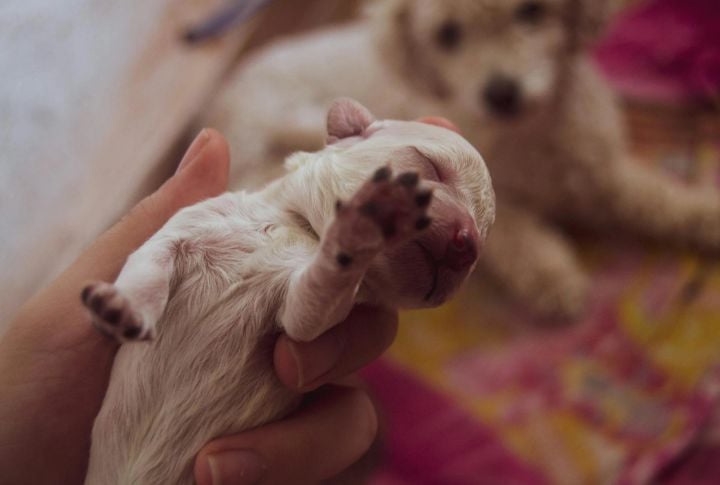
Puppies need at least 8 weeks with their mother, but 10 to 12 weeks is often healthier. Early removal interrupts critical neurological development and peer learning. Bite inhibition and basic social confidence all begin with the litter. Taking a pup too early often triggers separation anxiety and fear-based aggression later.
Skipping Early Socialization Windows
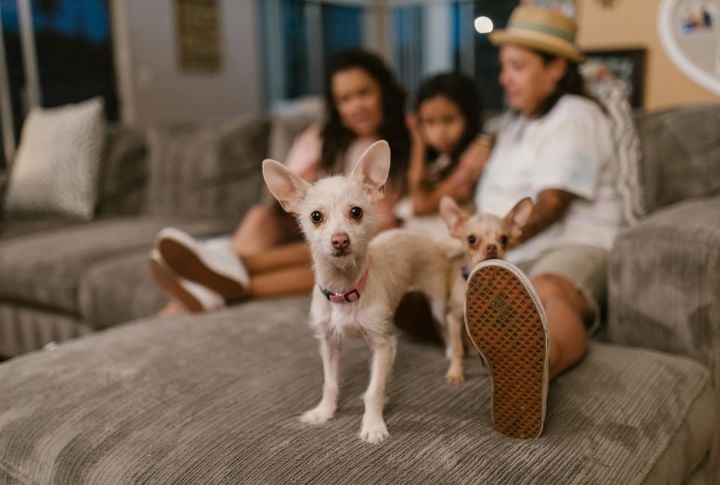
Between 3 and 14 weeks, puppies enter their most impressionable developmental stage. This is when their brain is most flexible. Lack of exposure to varied people and environments during this window can lead to fear-based reactivity. It’s recommended by The American Veterinary Society of Animal Behavior that socialization starts before vaccinations are complete, not after.
Letting Bad Habits Slide
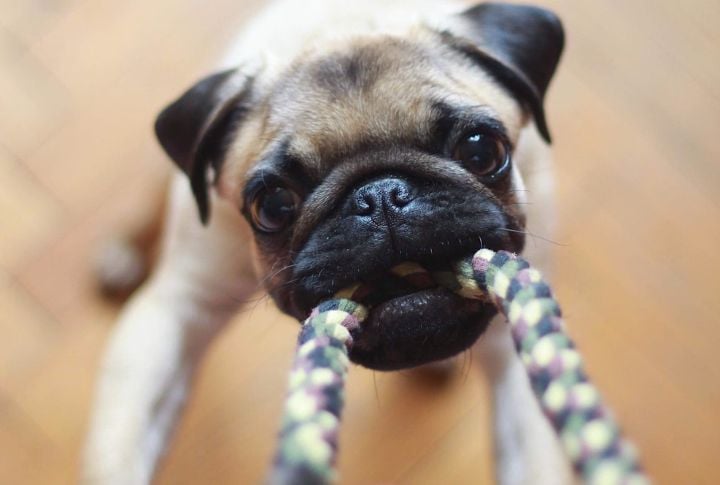
Puppies don’t “outgrow” behaviors for which they get rewarded. Letting your dog chew hands or bark for attention reinforces those actions neurologically. The canine brain builds habits through repetition and dopamine. Habits formed during early growth stages become more resistant to change by 16 weeks. Early boundaries prevent long-term frustration for both sides.
Ignoring Breed-Specific Needs

Each breed has a genetic job. Border collies were bred to herd sheep using eye contact and motion sensitivity. Terriers dig. Scent hounds follow smells, sometimes for miles. Without job-based enrichment, dogs often redirect their instincts destructively. Knowing your breed’s ancestral role helps with exercise and behavior expectations.
Overusing Treats For Obedience
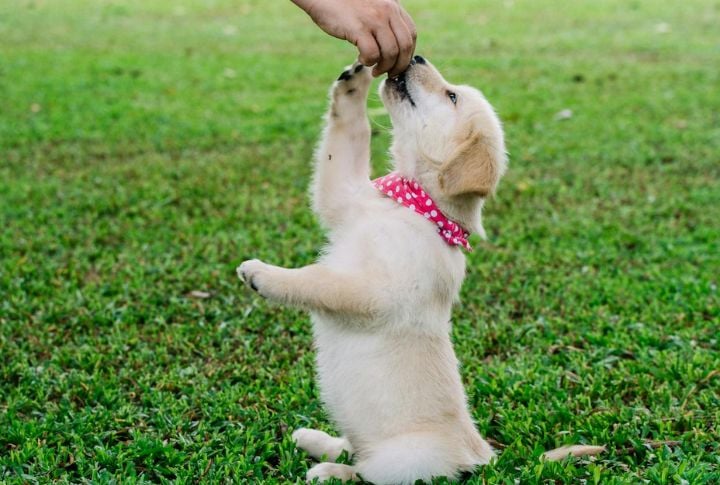
Food is a strong motivator, but overuse teaches dogs to respond only when a treat is visible. This forms a “reward-only” learning loop. Strong training includes fading treats, adding real-life rewards (toys, access), and building verbal praise into reinforcement patterns.
Delaying Crate Training Basics

Crate training builds independence and reduces anxiety. It mimics the natural denning instinct of canines. Puppies should associate the crate with calm, not punishment. When introduced too late, dogs resist confinement and often panic. Crate familiarity also prepares pups for vet visits and travel, which often involve temporary confinement.
Forgetting To Set Boundaries
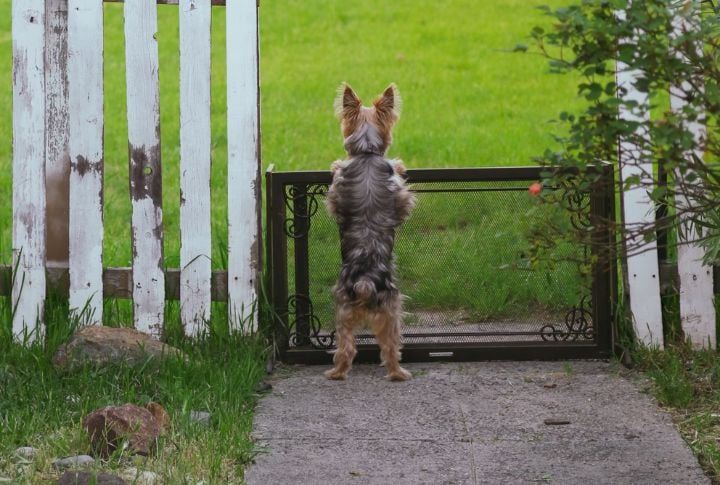
Too much space too soon overwhelms puppies. Their brains aren’t equipped to self-regulate across multiple environments. That’s why many trainers recommend “umbilical training,” where a leash keeps pups tethered indoors. Setting up baby gates and designated zones promotes predictability, which helps reduce toileting accidents and limit destructive exploration.
Allowing Rough Play To Continue
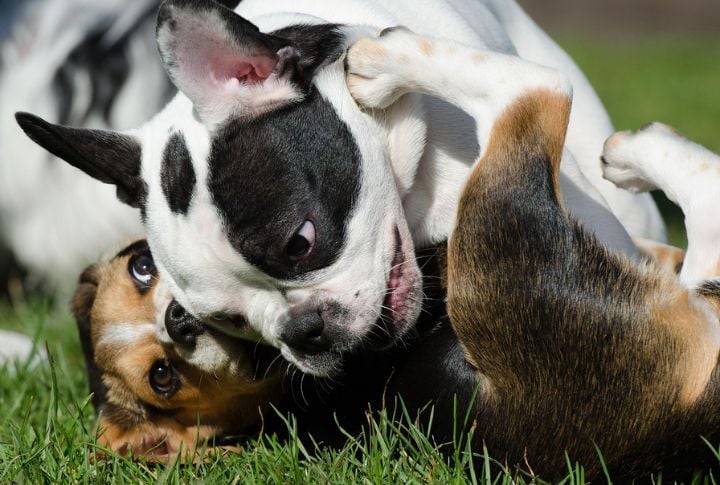
Puppies test limits through play. However, rough play that includes biting, tackling, or vocal escalation teaches inappropriate intensity. What feels cute at 10 pounds feels dangerous at 60. Dog trainers often point out that play rehearses behavior. Unchecked roughness leads to a lack of impulse control and poor social skills with other dogs.
Using Inconsistent Verbal Commands
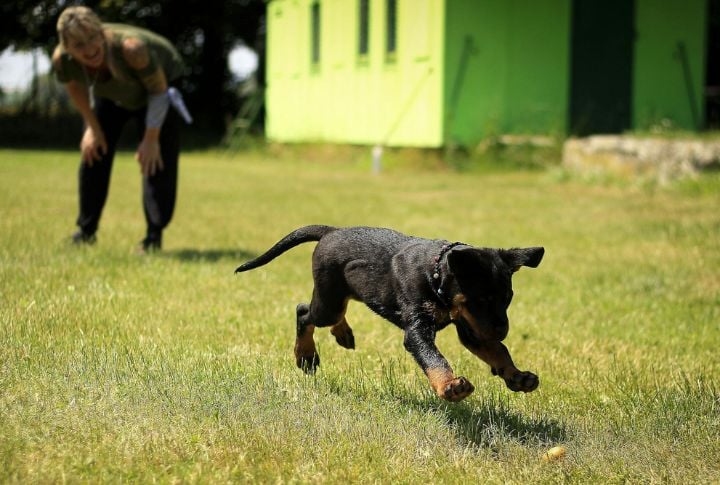
Dogs respond to patterns, not language. When commands keep changing, it leads to confusion and resistance. That’s why consistency is key – clear, simple cues delivered with a steady tone work best. Stick to one or two-syllable commands and repeat them calmly. Over time, repetition will build clarity and trust.
Punishing Instead Of Redirecting

Punishment may stop unwanted behavior in the moment, but it doesn’t teach what to do instead. For example, yelling at a puppy for chewing shoes might work once, but it doesn’t show them what is okay to chew. Redirection offers a better path by guiding the puppy toward an acceptable alternative. Gradually, positive reinforcement strengthens those good choices, creating lasting behavior change.
Missing The First Vet Visit
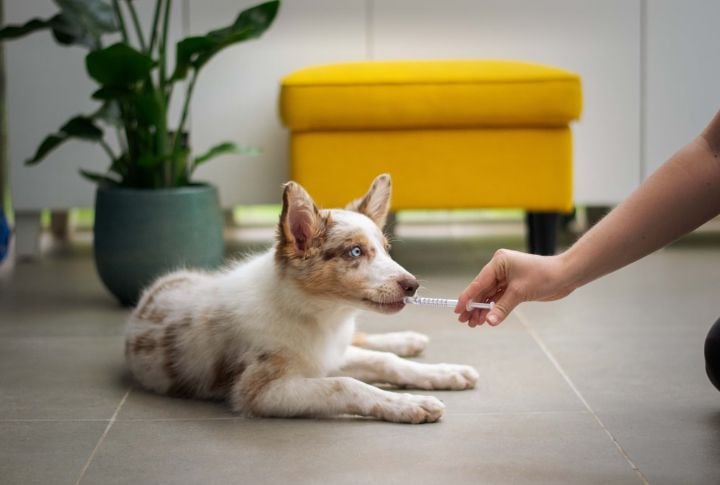
Veterinarians assess physical and behavioral health early. Missing that initial visit delays necessary deworming, parasite control, and developmental screenings. Early vet exposure also reduces stress later. Puppies who meet the clinic in calm conditions are less fearful than adults.
Walking Without Leash Practice
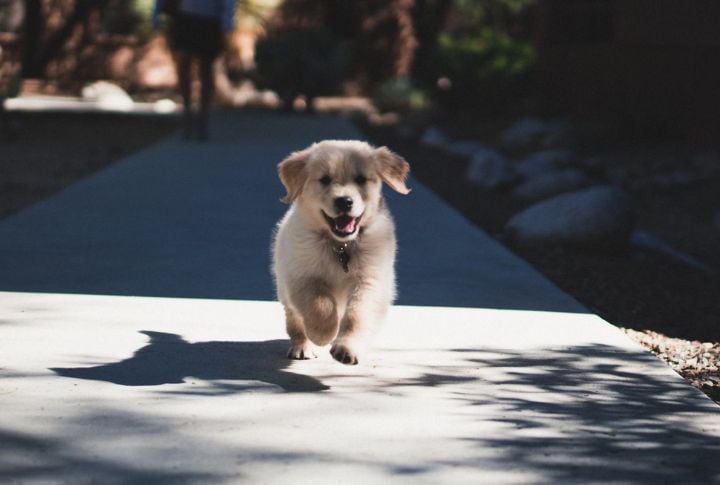
Good leash skills help build a dog’s impulse control and focus. Start indoors with loose-leash training, using treats or a clicker to encourage your dog to stay by your side instead of pulling ahead. Poor habits can form quickly—especially with larger breeds—so it’s important to set expectations early. Teaching leash manners from the start makes walks much safer and more enjoyable, especially in busy or urban areas.
Neglecting Mental Stimulation Needs
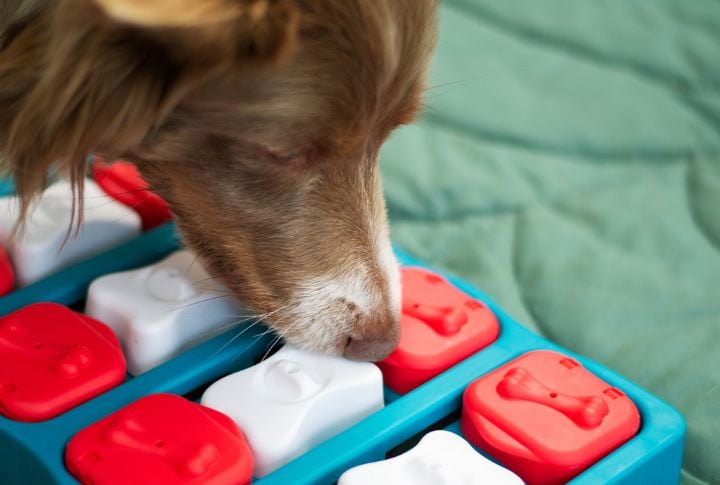
Mental exercise tires a puppy more effectively than physical exertion alone. Problem-solving toys and new tasks activate the prefrontal cortex, which reduces destructive boredom. Border collies, poodles, and shepherds especially crave daily cognitive work. Without stimulation, many pups develop obsessive habits or compulsive chewing out of sheer frustration.
Encouraging Separation Anxiety Behaviors

Separation anxiety is a panic response. Constant attachment fosters dependency. Letting your puppy follow you everywhere builds distress tolerance in reverse. Veterinary behaviorists recommend short absences early, paired with calm exits and returns. Crate rest and independent play teach your dog that being alone is survivable.
Assuming Puppies “Grow Out” Of It
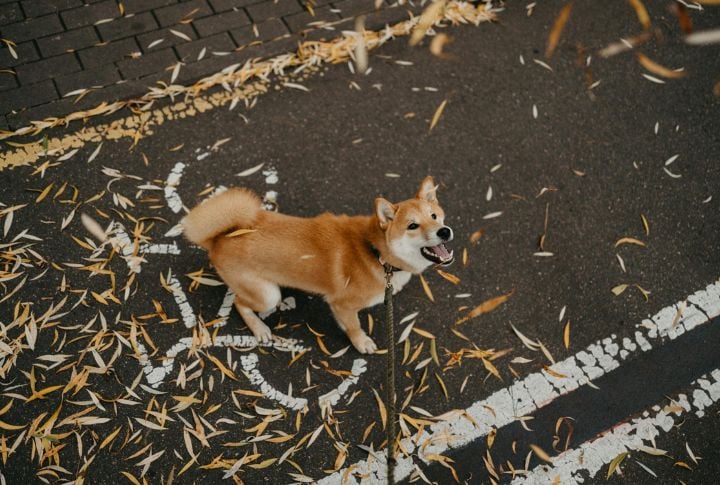
Maturity doesn’t automatically fix bad habits. In fact, adolescent dogs (ages 6 to 18 months) often push boundaries even more. If a behavior works for them, it becomes muscle memory. That’s why trainers emphasize early, proactive redirection—not waiting it out. The longer a habit sticks, the harder (and often more costly) it becomes to correct later on.

